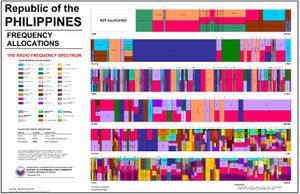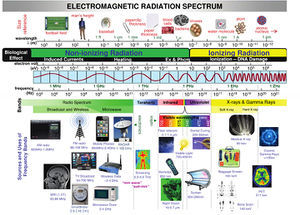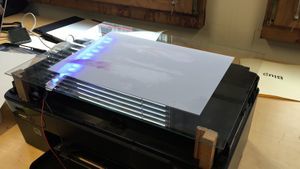User:Pascalle/RESEARCH DOCUMENT
Contents
- 1 Personal Statement
- 2 Experiencing the Minor
- 3 I'm 'Only' Human
- 4 Conlcusion
- 5 Planning Graduation
- 6 Sourcelist
Personal Statement
Experiencing the Minor
Introduction
Starting the minor I was curious and eager to work on collaborations, expand my knowledge on craft and the inner workings of technology. I wanted to learn how to inject a more critical view on technological advancements within my work. I anticipated some theory to evolve and elevate our works. Inspired and ready to be inspired, I began my Digital Craft journey. Digital craft is a minor that I felt from an early stage, suited my aspirations and work ethic, my interest and fascinations. With its critical note to society and technology and its appreciation for craftsmanship, I felt it was the right minor for me to grow. We had an intimate group of only 13 students, which overall created an easy and comfortable environment to work in, because it meant that we could really get to know our peers and the teachers. We worked within a set theme; The Radiation Spectrum. Biweekly projects, each focusing on a different asset of radiation, which meant to acquire skill, that could be applied in the final project. Radiation is all around us, electromagnetic processes that is surrounding us all almost everywhere we go, and is an essential part to many technologies that we depend on. With the exception of light, most electromagnetic processes are invisible to the human eye. This juxtaposition of exposing the everyday invisible made for very interesting projects, and gave us a lot of materials to work with.
SOUL OF THE MACHINE, ACOUSTIC RADIATION
Introduction
Our first assignment kicked of our minor theme Radiation. We were grouped at random and had less than two weeks to create a mini exhibition. My group consisted of Boris, Rens (Graphic Design) and Emma (Spatial Design).
Process
Together we started researching other artistic projects concerning the theme of Radiation, with various results, as the entire EM spectrum is very large. One thing we all agreed on was that we wanted to expose the EMR processes/ waves. Whilst researching, we stumbled on a tutorial, that transformed an ordinary tape recorder into an audio device that can detect EMR from any type of device that has a current running through it which it then transforms and emit the waves into sounds - hereby making the invisible, visible. The more we experimented with the tape recorder, the more excited we got. I had never really fully realised how digital our environment actually was. But the most interesting findings were the fact that each electronic device has its own unique sound. Something I did not expect. We all tried to approach this in a different manner, varying from visualization of the sound to mapping the different sounds. But due to our limited time, we decide to combine and focus our efforts on one single perspective. For the mini exhibition, we gathered all different types of electronic devices, and asked visitors if: “they’d like to go on safari?”. We really wanted people to experiment and explore for themselves the different sounds of EMR.
Conclusion
At the mini exhibition, it was exciting to see the reaction of so many viewers who went through the same amazement and surprise we went through. This invited people to form an easy dialogue with one another, which was really the main goal of our project. The project itself was completely out of my knowledge and comfort zone, but the process of discovery felt exhilarating.


